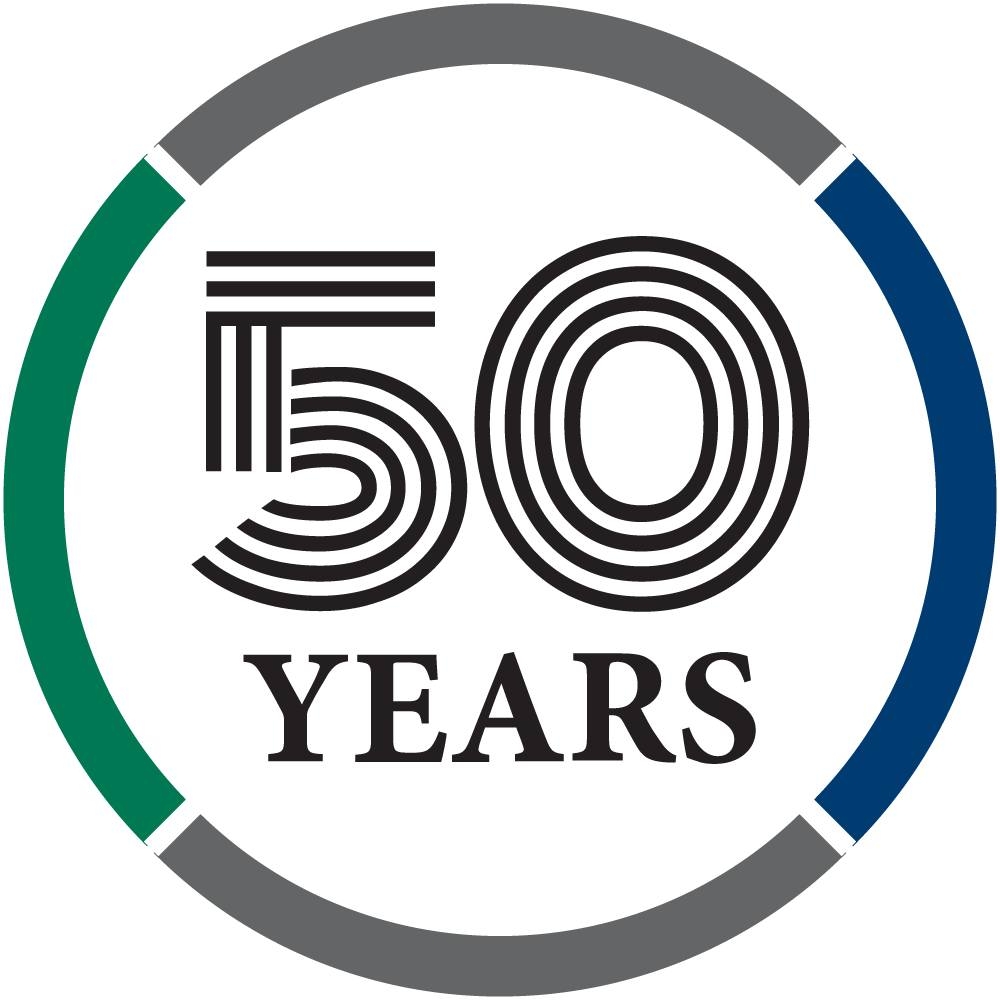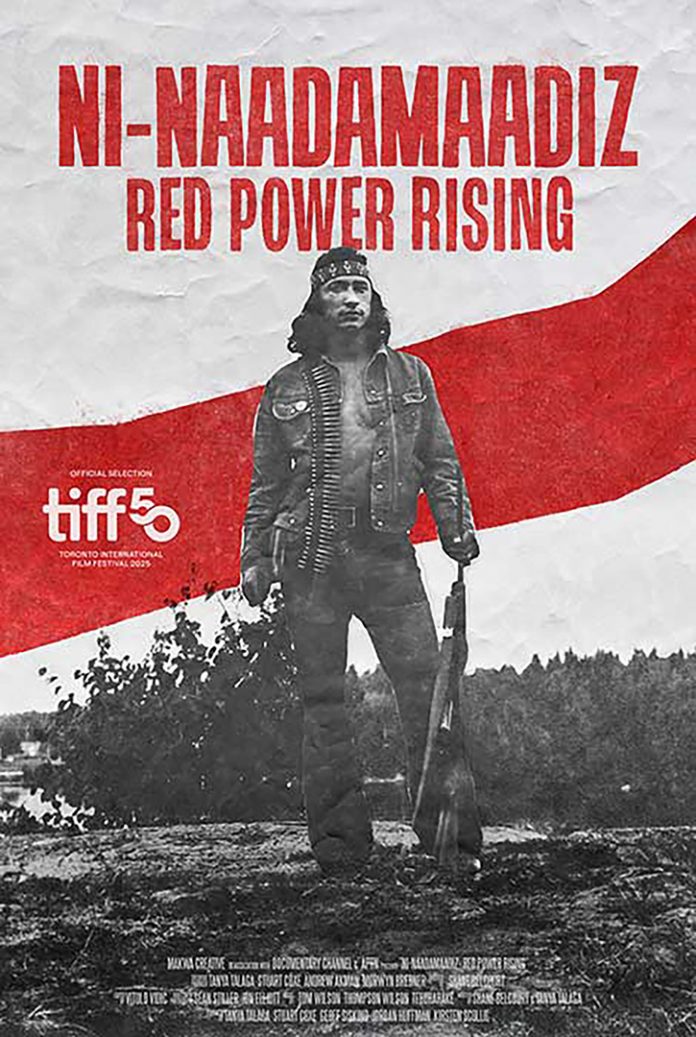The Toronto International Film Festival (TIFF) made history this year. For the festival’s 50th anniversary, a record eight Indigenous films were featured. It’s more than a milestone. It’s a shift in Canadian Film Culture.
Films like Ni-Naadamaadiz: Red Power Rising, Aki, and Blood Lines weren’t niche projects tucked into sidebars, but brought Indigenous languages, characters, and histories to centre stage.
This surge in Indigenous cinema did not happen on its own, it was the result of targeted investment. The Indigenous Screen Office (ISO) committed $3.5 million to support the development and production of these films.
When Indigenous creators are given the resources, their storytelling is diverse and powerful.
The ISO is an independent organization supported by Canadian Heritage to fund its mission. This means the Federal Government played a part in amplifying Indigenous voices, a fairly new concept to them.
Kerry Swanson, the CEO of ISO, spoke about the impact of this in August: “Spanning across all the TIFF programming streams, these films are a powerful reflection of Indigenous talent, vision, and storytelling, and the impact of the ISO.”
Consider Ni-Naadamaadiz, a documentary about a 1974 Indigenous youth occupation in Kenora. This story is left out of most Canadian history textbooks, but is told by Shane Belcourt.
In another act of reclamation, Blood Lines, a queer Métis love story, is told in Michif, a language spoken fluently by the film’s director, Gail Maurice.
These are not special interest films. They are rich, resonant works expanding the possibilities of Canadian cinema.

Some say recognition shouldn’t focus on identity and talent should be the only criterion. This would be true if the playing field had ever been level.
Indigenous filmmakers have faced generations of systemic exclusion. Representation doesn’t lower the bar, it removes barriers that have kept many voices out of the picture.
Others say Indigenous films won’t appeal to mainstream audiences. TIFF just proved otherwise. People are hungry for new perspectives. When given the chance, these stories connect, not because they’re universal, but because they’re authentic.
Of course, on-screen representation won’t solve every real-world challenge Indigenous communities face but stories shape how people see each other. These films could influence education, policy and public discourse. Indigenous voices help create the cultural understanding needed for real reconciliation.
This progress needs follow-through. Momentum from TIFF must carry into wider distribution, so these films aren’t only seen in downtown theatres for a week in September. They should be accessible in schools, libraries, community centres and streaming platforms across the country.
The Canadian government must also continue to invest in future Indigenous filmmakers, not just directors, but writers, editors, producers and crew. That means opening doors through mentorship, training and long-term support to build careers.
Most importantly, audiences need to keep showing up. Watch the films. Talk about them. Recommend them. Culture is shaped by attention and these creators deserve ours.
TIFF 2025 gave us a glimpse of what a more inclusive film industry can look like. Whether it becomes the new normal is up to all of us.
The spotlight is blazing, and it’s ours to command. Now is the time to step up, take the stage and demand the community finally see the perspectives it has historically refused to face.
On campus, the First People’s Indigenous Centre (FPIC) has a series called Reconciliation Reels each Wednesday at noon in CFCE 141. Follow @suswaaning_endaajig on Instagram.




